Wool production in India
Although a large user of wool, India is not an important producer; it accounts for less than 2% of the world’s wool production. China and Australia, two of the largest producers, together account for about 45% of global production. India’s yearly production is around 33-35 million kg.
The main reason for India’s small wool production is the low average yield of its sheep. India has more than 75 million sheep, which is the third largest in the world. But India’s yearly average yield is only one-third of the world’s average yield. (0.9 kilogram against 2.4 kilograms) per sheep.
The wool produced in India also suffers from poor quality; India produces only coarse and medium-grade wool. 85% of the wool is of coarse quality (thick and rough) and is suitable only for carpet weaving. The rest is used for making blankets and traditional handloom products. It is not suitable for making finer products such as woollen shawls.
For these reasons, India largely depends on imports for its requirement of wool. More than 50% of wool consumed in India is imported. The proportion of imports is much higher for fine wool.
Rajasthan is the largest producer of wool in India: it accounts for 40-45% of the production. All of this is coarse wool. This is followed by Jammu and Kashmir, which produces around 23% of India’s wool production.
Wool Production in the Indian Himalayas
Wool production is a traditional livelihood of great importance in the Indian Himalayas. This is particularly true for nomadic and pastoral communities living in Jammu and Kashmir, Ladakh, Himachal Pradesh, and Uttarakhand. These communities include Bhotias, Gaddis and Changpas. They practice transhumance, which means that they move between their summer and winter pastures according to seasons and the availability of vegetation and water. The summer pastures are in high altitude areas (often as high as 12000 feet), and winter pastures are in the foothills of the Himalayas.
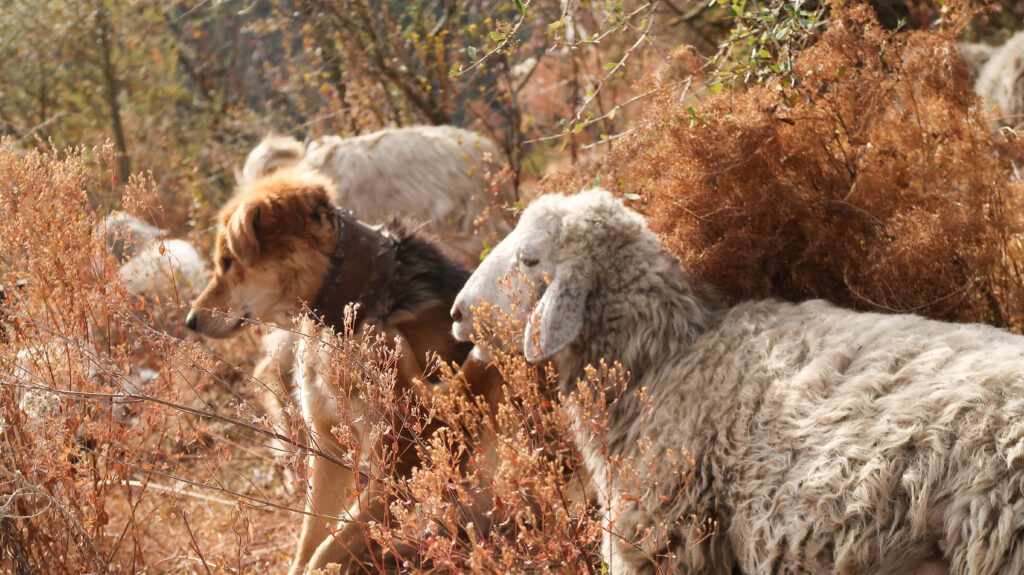
Although the quality of wool produced in the Himalayan regions is superior to the wool produced in other parts of the country, it is not fine wool. It is mainly used for making traditional shawls (Pankhis), carpets, traditional jacket fabrics and blankets. The government agencies are making an effort to improve the wool quality by cross-breeding local sheep with imported merino and other breeds.
Wool Used by Himalayan Weavers
Himalayan Weavers is based in the state of Uttarakhand, so we are particularly interested in the wool produced in the state and its quality.
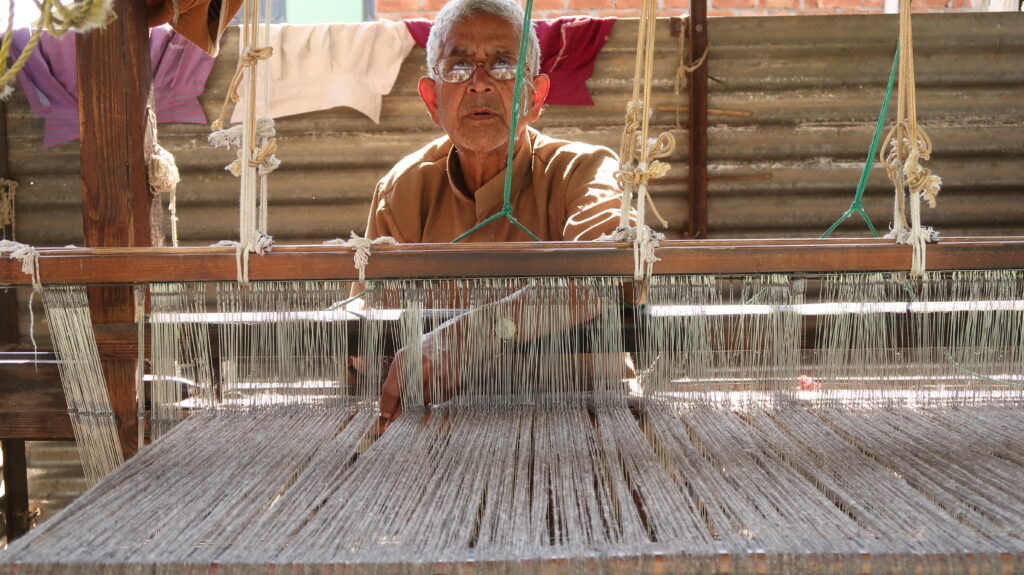
The high altitude areas of Uttarakhand have a long tradition of wool-related activities. Communities such as the Bhotias, who traded with Tibet in the old days, kept large flocks of sheep for transporting goods to and from Tibet. The wool produced by these sheep was processed to produce traditional carpets, fabrics and blankets. The trade with Tibet ceased in the 1960s, but many Bhotia people (and other communities in the high altitude areas of Uttarakhand) continue to keep sheep, and produce traditional woollen shawls and other products. This is particularly true of the Bhotias living in Dunda and Bagori villages of Uttarkashi district.
The products made in Dunda and Bagori villages are mostly traditional and include Pankhi, Thulma, Chutka, Pattu and Woollen coats, socks, gloves, and caps.
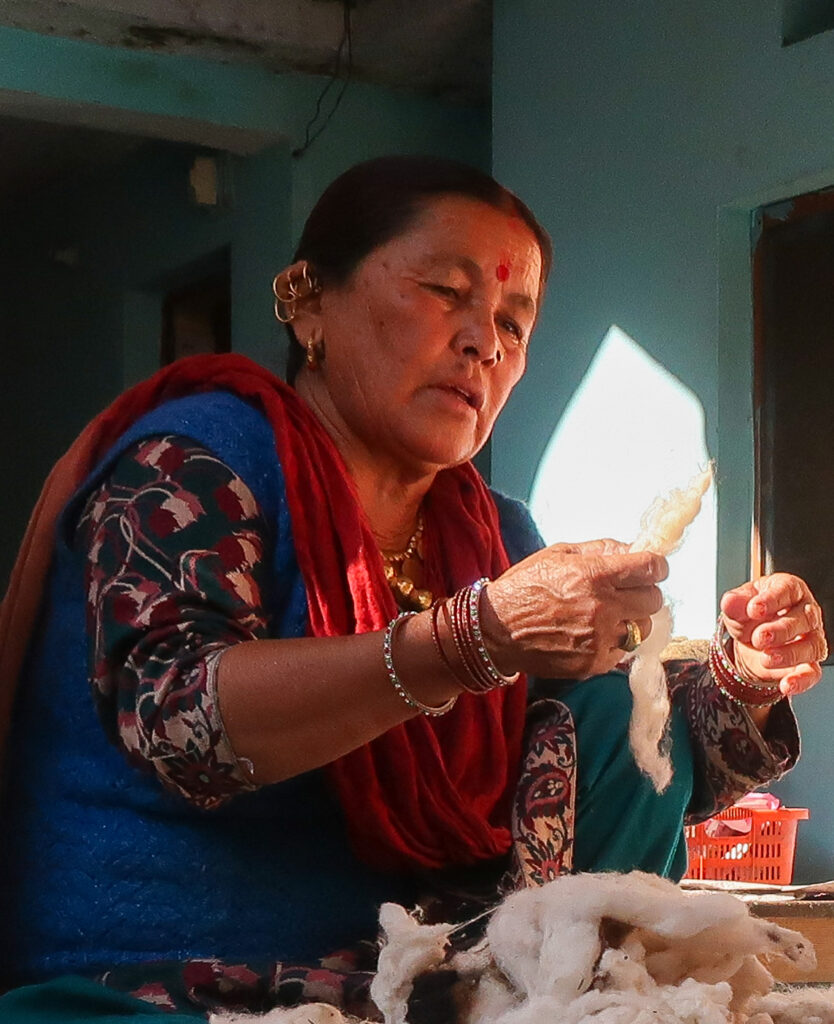
At Himalayan Weavers, we are keen to use local wool from Uttarakhand and other parts of the Himalayas for our woollen shawls, stoles and scarves. In the past, we have purchased wool from Dunda and Bagori villages and worked with the Bhotia people to make shawls. But, sadly, the wool is too coarse to produce soft shawls. However, we found that it is suitable for making throws. Now, most of our throws are made with wool from Uttarakhand, which is washed, spun and woven by hand in Dunda village.
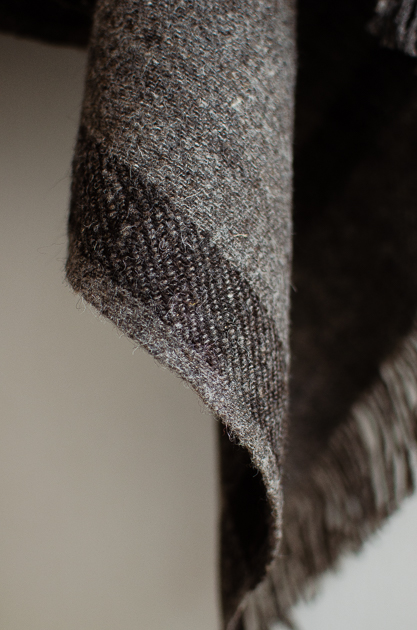
For our woollen shawls, stoles and scarves, we use a blend of Himalayan and merino wools. This enables us to use a certain amount of Himalayan wool while maintaining the shawls’ softness.https://himalayanweavers.org/woolen-shawls/
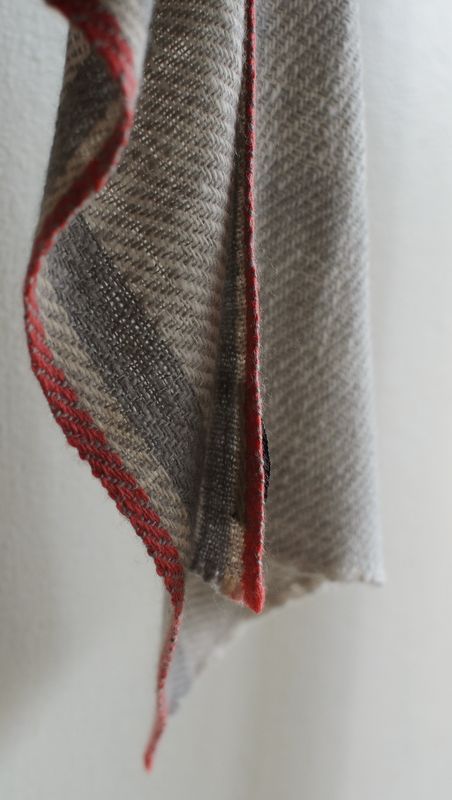
If locally produced soft wool becomes available in the Himalayas in future, we are committed to using it to make our shawls and other products.


